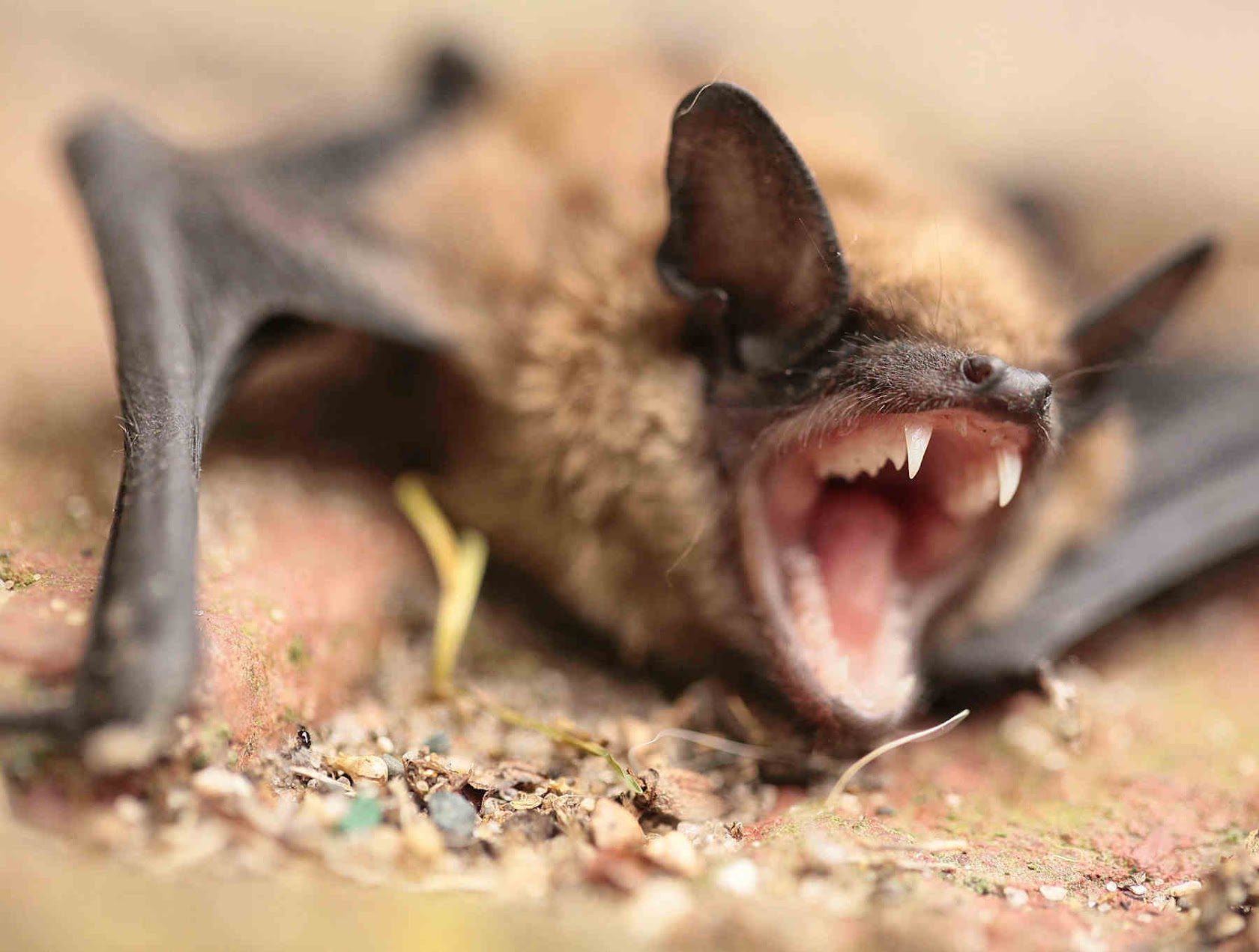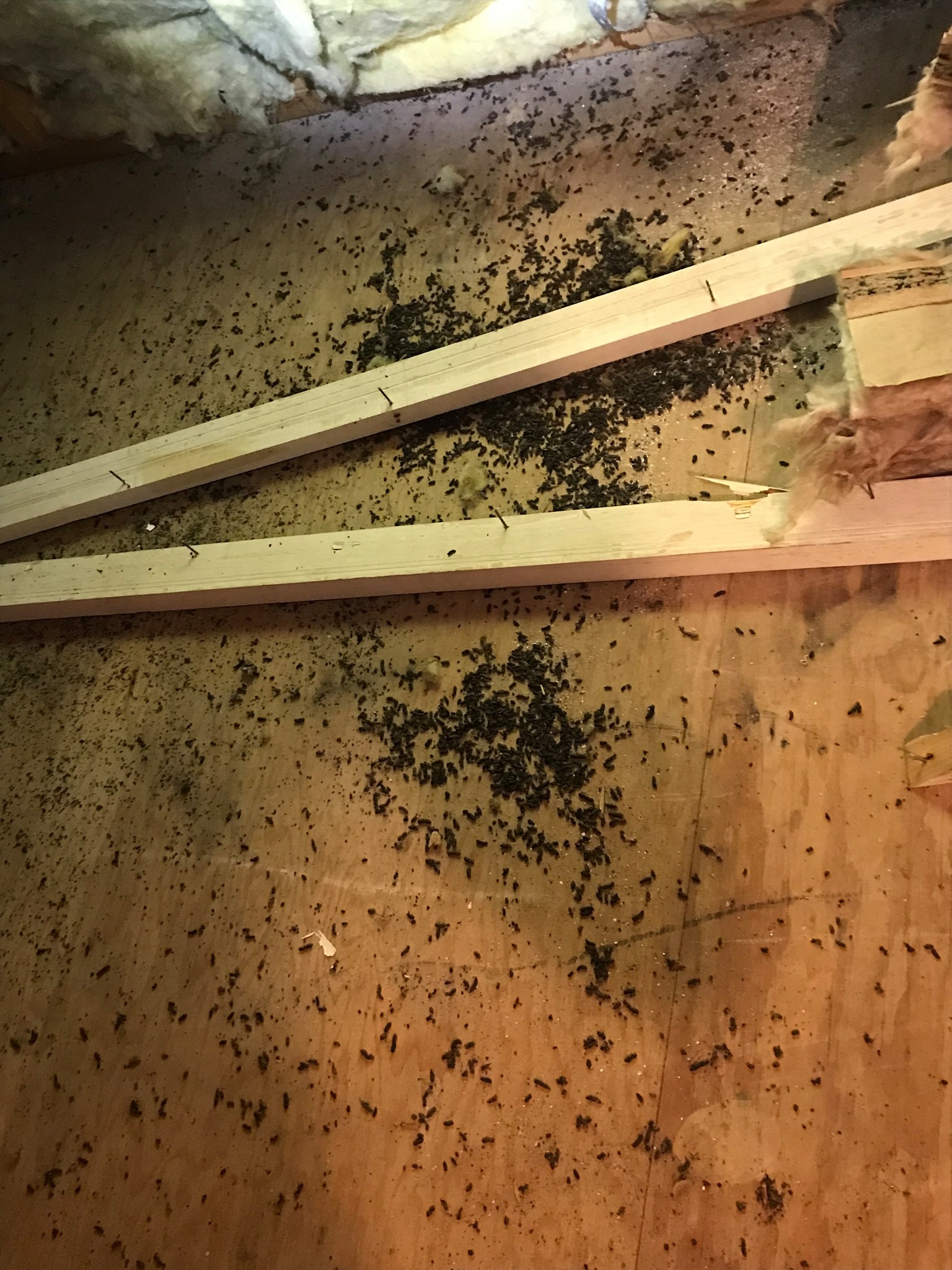Bat Removal

When bats find their way into residential or commercial properties, it can present complex challenges and potential health risks. Recognizing the signs of bat infestation, understanding associated dangers, and employing humane removal and control methods are essential in effectively addressing this issue. From the structural damage caused by bat guano to the potential transmission of diseases such as rabies, histoplasmosis, and cryptococcosis, a bat infestation requires prompt and informed action. This brief aims to provide practical insights into bat removal strategies, signs of infestation, associated problems and dangers, as well as humane control methods. By equipping property owners and managers with the necessary knowledge, this brief seeks to promote a proactive and responsible approach to bat infestation while prioritizing the well-being of both humans and bats.
Key Takeaways
- Use a bat valve in conjunction with a full home exclusion for effective and humane bat removal.
- Look for signs such as bats leaving the attic at dusk and returning during pre-dawn hours, stains on exterior walls caused by bat guano, and a pungent and musty smell of guano inside the house.
- Bat infestations can lead to structural issues, ceiling collapse, and the spread of fungal diseases.
- Contact trained professionals for safe and humane bat removal, and seal all openings and gaps to prevent bat entry.
Bat Removal Strategies
When considering bat removal strategies, it is important to prioritize humane and effective methods that minimize harm to the bats and prevent their re-entry into the home. Utilizing bat repellent methods and bat exclusion techniques can be integral to achieving this goal. One effective approach is the use of a bat valve in conjunction with a full home exclusion. This involves installing a bat valve to allow bats to exit but not re-enter the home, and then sealing all other entry points after the bats have left. The entire removal process typically takes 3-7 days, and a final inspection is essential before removing the bat valve and sealing the last entry point. By employing these strategies, it is possible to remove bats from the home in a humane and effective manner while preventing their return.
Signs and Problems of Bat Infestation

Bat infestation in a home can lead to various signs and structural problems that require prompt attention and intervention. Identifying bat guano, or droppings, is a key sign of infestation. Look for stains on exterior walls and a pungent, musty smell inside the house. The risks of bat droppings are significant, as they can cause structural issues, including sagging ceilings and potential collapse. Furthermore, bat guano can lead to health problems such as histoplasmosis and cryptococcosis, both fungal diseases. Disturbing bat fecal matter can release airborne spores, increasing the risk of disease transmission. It’s crucial to address these signs promptly to prevent further damage and health risks associated with bat infestation.
Dangers of Bat Infestation
The presence of bats in a home poses significant dangers to both the structural integrity of the property and the health of its occupants. Bat guano and urine can lead to structural issues, such as ceiling collapse and the deterioration of gable vents. Furthermore, bat droppings can cause health risks, including histoplasmosis and cryptococcosis, which are fungal diseases. Disturbing bat fecal matter can release airborne spores, increasing the risk of disease transmission. Additionally, bat infestations can attract other bats to the property, exacerbating the problem. Therefore, it is crucial to address bat infestations promptly to mitigate these dangers. Seeking professional assistance for safe and humane bat removal is essential to safeguard both the property and the health of those residing within it.
Humane Bat Removal & Control Strategies
To ensure the ethical and safe removal of bats from a property, professional bat removal specialists employ effective and humane control strategies. These specialists are trained to use eco-friendly bat control methods and prioritize bat relocation. By sealing all openings and gaps, they prevent future bat entry, ensuring a long-term solution. Mechanical repellents may also be used, but their legality varies based on regulations. It’s important to contact trained professionals for safe and humane bat removal, as they have the knowledge, tools, and training to effectively remove bats without causing harm. These strategies not only ensure the safety of the bats but also protect the property from potential damage and health risks associated with bat infestations.
Dangers of Bat Bites and Treatment
Bats are indeed significant carriers of rabies, particularly in the United States. While most bats do not have rabies, it’s crucial to be cautious as bat bites can often go unnoticed due to their small size. These bites, even if seemingly minor or unrecognized, can transmit rabies. Therefore, it’s advised to seek medical attention immediately if you have direct contact with a bat or if you find a bat in close proximity, such as waking up to find a bat in your room. Healthcare providers can assess the situation and determine if rabies vaccination, known as postexposure prophylaxis (PEP), is necessary.
The symptoms of rabies in humans usually start with flu-like signs in the initial phase, such as fever, tiredness, and sore throat, followed by more serious neurological symptoms like seizures, hallucinations, and paralysis. Once these symptoms appear, rabies is almost invariably fatal. Therefore, it’s crucial to get treatment before symptoms develop. Treatment involves a series of rabies vaccinations and possibly an injection of human rabies immune globulin around the wound if you haven’t been previously vaccinated.
Preventative measures include bat-proofing your home by sealing any openings larger than a dime and using window screens, chimney caps, and other barriers. It’s also essential to avoid handling bats or trying to capture them unless absolutely necessary. If a bat is found in your home, contact local health authorities or animal control for assistance.
For more detailed information, you can visit the Centers for Disease Control and Prevention (CDC) Rabies page and the Cleveland Clinic’s rabies information page.
Bat Valve Installation Process
When beginning the bat valve installation process, it is essential to carefully assess the home for all potential entry points. Once identified, the bat valve can be installed to allow bats to exit the house but prevent their re-entry. This humane removal method is effective in encouraging the bats to leave without trapping them inside. The benefits of using a bat valve include minimizing the stress on bats and avoiding the need for handling them directly. Additionally, it is crucial to seal off all other entry points after the bat valve installation to ensure that bats cannot find alternative ways to re-enter the home. While there are alternatives to bat valves, such as mechanical repellents, the use of bat valves is widely recommended for its effectiveness and humane approach to bat removal.
Professional Bat Removal Services
Professional bat removal services are essential for effectively and safely eliminating bat infestations from residential and commercial properties. When dealing with a bat infestation, it is crucial to seek the assistance of trained professionals who have the expertise and tools to handle the situation. Here are some reasons why professional bat removal services are the way to go:
- Expertise: Professionals are equipped with the knowledge and skills to employ effective bat removal techniques.
- Safety: Trained professionals ensure that bat removal is conducted safely for both the occupants and the bats.
- Efficiency: Professional services expedite the process, minimizing the time that your property is affected by the infestation.
- Preventive Measures: Professionals can provide guidance on DIY bat control methods to prevent future infestations.
Seeking professional help ensures that bat removal is done right the first time, giving you peace of mind.
Prevention and Maintenance Tips
To prevent future bat infestations, implementing regular property inspections and maintenance is essential. Seal all potential entry points, including cracks and crevices, and ensure that windows and doors are properly screened. Keep trees and bushes trimmed to reduce potential roosting spots for bats. Additionally, consider using bat repellent methods such as installing bat houses away from your home to provide an alternative roosting location for bats. DIY bat removal techniques, such as using bright lights or loud noises, can encourage bats to leave and discourage them from returning. Regularly inspect your property for any signs of bat activity, such as guano or bat droppings, to address any potential infestations promptly. Taking these preventive measures can help maintain a bat-free property.
Frequently Asked Questions
How Can I Prevent Bats From Entering My Home in the First Place?
Preventive measures can be taken to exclude bats from entering your home. Seal all openings and gaps, install bat valves, and conduct a full home exclusion to effectively prevent bat infestations. Professional expertise ensures humane and safe removal.
What Are the Potential Legal Implications of Using Mechanical Repellents to Remove Bats From My Property?
When considering the use of mechanical repellents for bat removal, it’s essential to assess potential liabilities and ethical considerations. Consult local regulations and seek professional guidance to ensure compliance and humane treatment of wildlife.
Are There Any Specific Maintenance Tips or Ongoing Prevention Strategies to Keep Bats From Returning to My Home?
Exclusion methods and habitat modification are essential for preventing bat return. Seal all entry points and consider installing exclusion techniques to deter bats. Regularly inspect and maintain your property to ensure there are no opportunities for bats to re-enter.
What Are the Potential Long-Term Health Risks of Living in a Home That Previously Had a Bat Infestation?
Long-term health risks of living in a home with a previous bat infestation include exposure to bat guano, which can lead to respiratory issues. Additionally, structural damage from the infestation can pose environmental and safety concerns.
How Can I Identify if a Bat Has Bitten Me, and What Should I Do if I Suspect I Have Been Bitten?
How can you identify if a bat has bitten you, and what should you do if you suspect you have been bitten? It’s crucial to seek medical attention immediately if you suspect a bat bite. Watch for symptoms such as pain, redness, and swelling at the bite site.
Contents
- 1 Bat Removal
- 1.1 Key Takeaways
- 1.2 Bat Removal Strategies
- 1.3 Signs and Problems of Bat Infestation
- 1.4 Dangers of Bat Infestation
- 1.5 Humane Bat Removal & Control Strategies
- 1.6 Dangers of Bat Bites and Treatment
- 1.7 Bat Valve Installation Process
- 1.8 Professional Bat Removal Services
- 1.9 Prevention and Maintenance Tips
- 1.10 Frequently Asked Questions
- 1.10.1 How Can I Prevent Bats From Entering My Home in the First Place?
- 1.10.2 What Are the Potential Legal Implications of Using Mechanical Repellents to Remove Bats From My Property?
- 1.10.3 Are There Any Specific Maintenance Tips or Ongoing Prevention Strategies to Keep Bats From Returning to My Home?
- 1.10.4 What Are the Potential Long-Term Health Risks of Living in a Home That Previously Had a Bat Infestation?
- 1.10.5 How Can I Identify if a Bat Has Bitten Me, and What Should I Do if I Suspect I Have Been Bitten?
